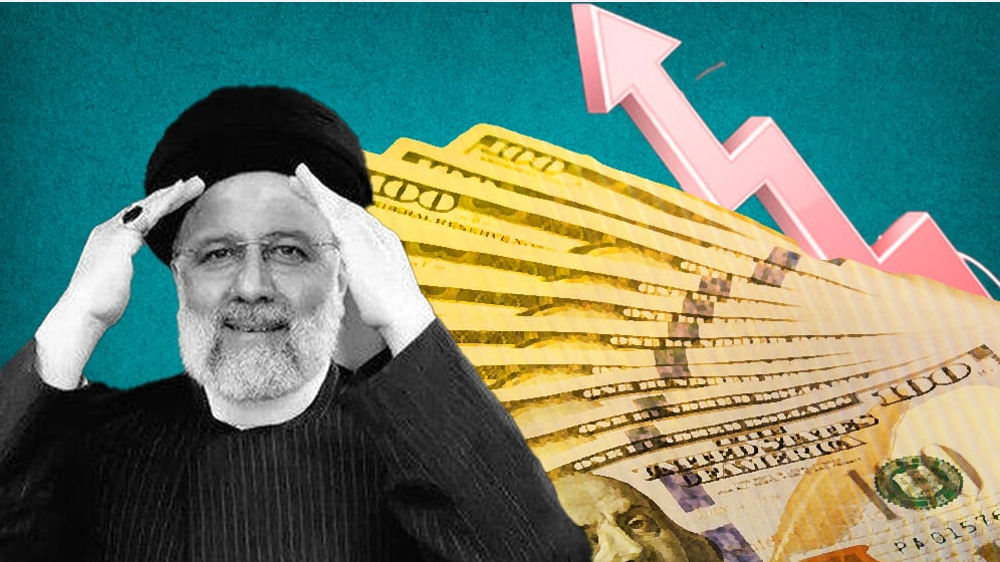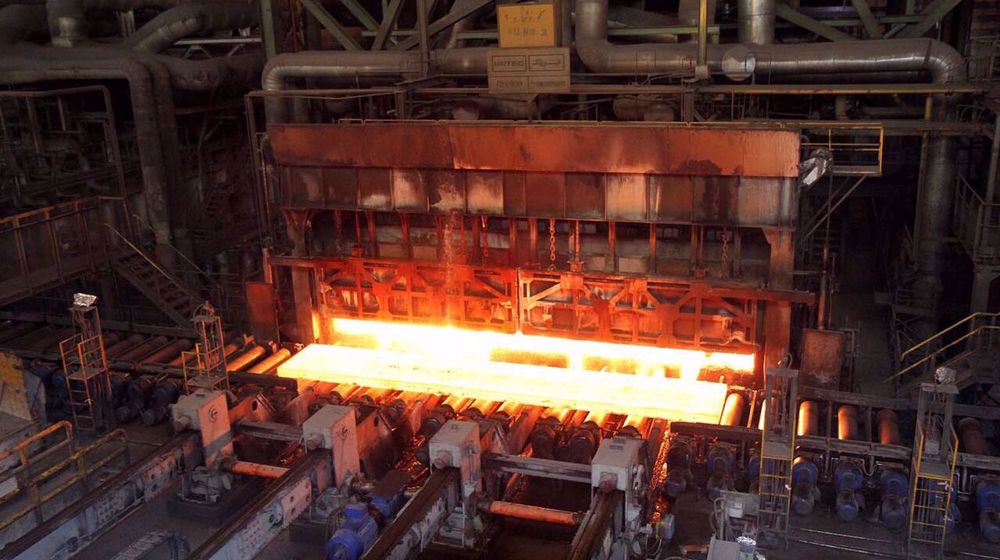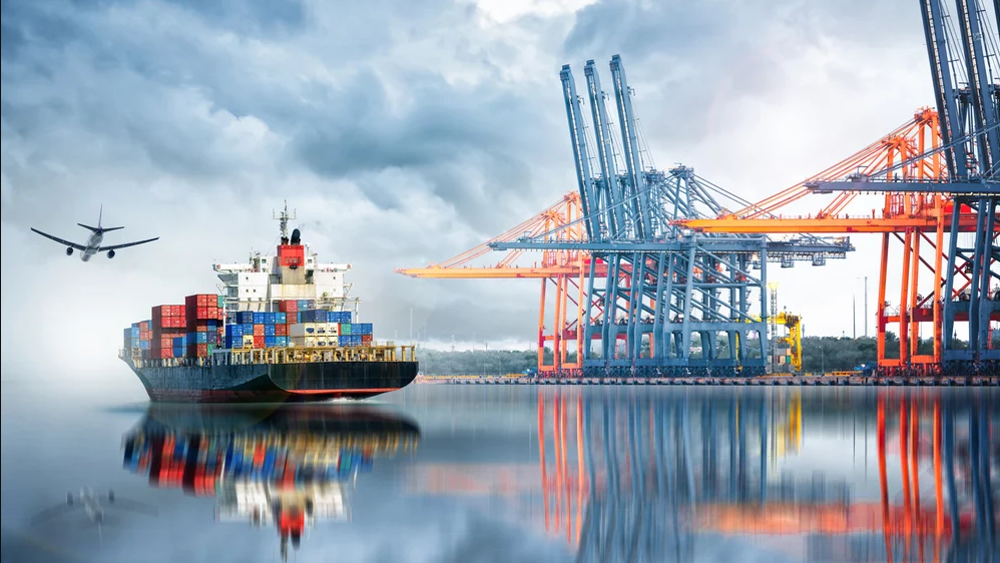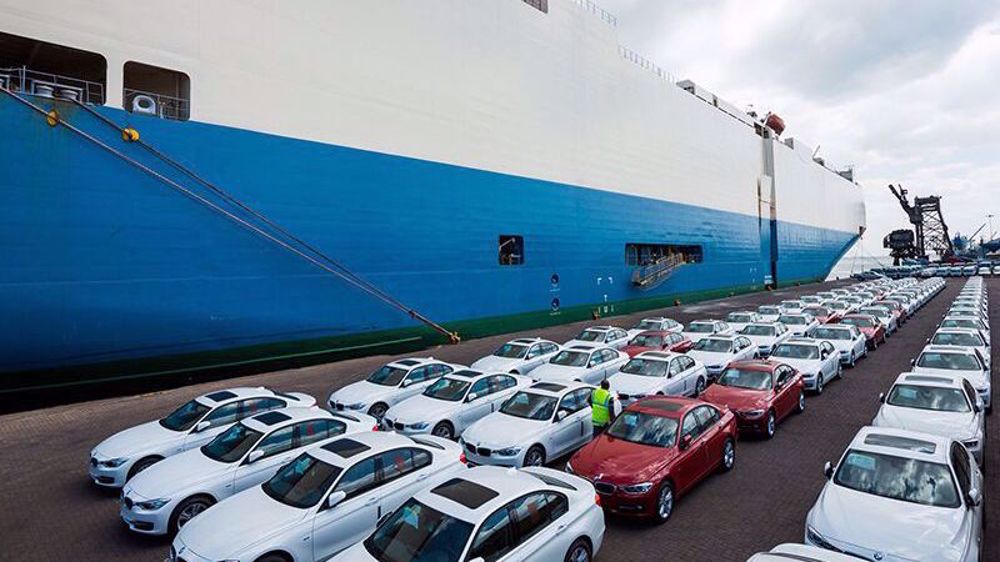Most important economic legacy of Iran’s outgoing government
A comparison of economic variables at the time of the change of administration in 2021 and now shows that Iran's oil exports have reached the highest level over the past six years.
Also, the liquidity growth rate has decreased from 42.8% to 24% and the average economic growth of 5% compares to that of less than 1% in the 2010s.
In terms of investment security, the index is at its best since the winter of 2016. Also, producer inflation rate has decreased from 103% in the spring of 2021 to 23% in the spring of 2024, and the country has smashed a 20-year transit record.
Overall, the outgoing administration has provided optimal conditions for policymaking in the incoming government by bringing relative stability to the economy.
In April, the Financial Times wrote that Iran is exporting more oil than at any time for the past six years, giving its economy a $35bn-a-year boost. Tehran sold an average of 1.56 million barrels a day during the first three months of the year, its highest level since the third quarter of 2018, according to data company Vortexa.
Fernando Ferreira, head of geopolitical risk service at the Rapidan Energy Group in the US, told the London-based newspaper that the Iranians have mastered the art of sanctions circumvention.
In the past three years, Iran turned the tide in the US policy of “maximum pressure” on the Islamic Republic which had slashed the country’s oil sales to a trickle under the former administration.
Iran's exports of crude oil grew by roughly 50% last year to a five-year high of about 1.29 million barrels per day. Oil shipments accelerated in the new year, helping Iran cut down its place in OPEC to the third largest.
The next achievement is the reduction of liquidity growth from 42.8% to 24%. At the beginning of the fiscal year, Iran’s monetary policy makers had set a liquidity growth rate of 25 percent. The goal was achieved with the realization a 24.3% liquidity growth rate at the end of the Iranian year in March.
Also, the monetary base growth rate decreased from 45% in March 2023 to 29.4% in February 2024. The downward trend of the liquidity growth rate along with the long-term downward trend of the monetary base growth rate indicates relative stability in the money market, which is the result of economic stabilization policies.
The economic growth index during the 2010s averaged zero, described by some economists as the “lost decade” of Iran's economy. According to the Statistical Center of Iran, economic growth in 2022 stood at 4.8 percent. Economic growth without oil also increased from 4 percent in 2021 to 4.5 percent in 2021. Industrial growth hit a double digit of 11.9% in 2022, which was unprecedented since 2016.
Also, investment security has improved significantly since the measuring of the index began in 2016, which is the result of macroeconomic stability.
Another important component is the "exchange rate stability" which is key to improving macroeconomic stability and investment security.
And finally, the inflation rate decreased from 55% in March 2023 to 30.9% in March 2024. Other economic measures taken by the government to curb inflation plus the currency stability led to a significant drop in the producer inflation rate.
Also, the government’s success in stabilizing the currency market and curbing liquidity growth led to a reduction in producer inflation rate from 42.4% in March 2022 to 8.8% in March 2024.
Israel launches air strikes on Syria-Lebanon border crossing
Russia: Comprehensive deal with Iran will include defense, security ties
VIDEO | Israeli embassy shooting in Jordan leaves gunman dead, 3 police injured
VIDEO | Paris march in support of Palestine women
VIDEO | ICC issues arrest warrants for Israeli prime minister, ousted regime war minister
120 Palestinians perish as Israeli war machine keeps ravaging Gaza
VIDEO | Struggles of Palestinian women amidst war, displacement
VIDEO | Hezbollah rains attack drones down on elite Israeli brigade










 This makes it easy to access the Press TV website
This makes it easy to access the Press TV website